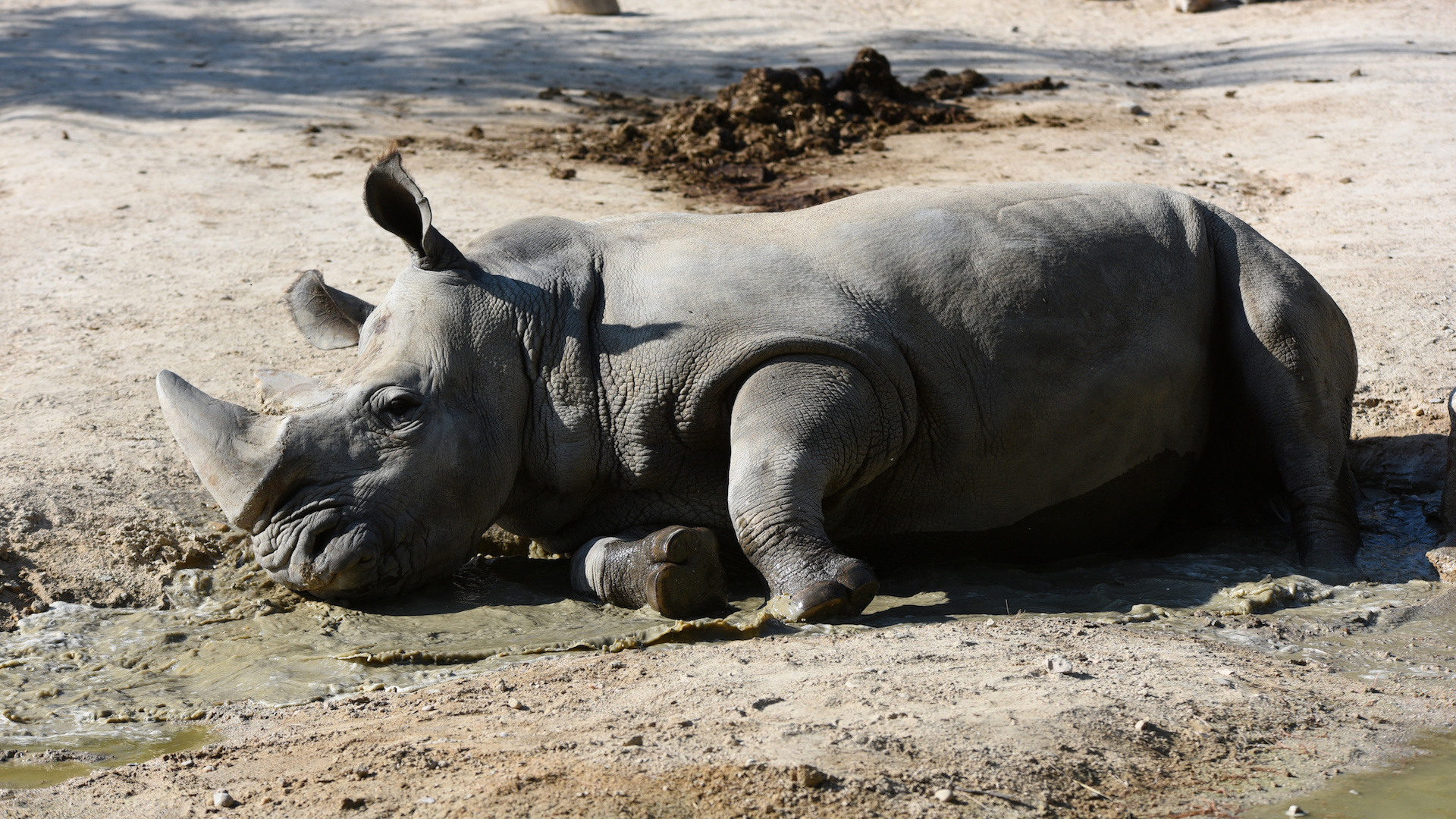

Curbing illegal animal poaching is an admirable vocation, and one that’s benefitted from the affordable and technologically sophisticated realities of modern drones. Most recently, we covered ATLAN Space and the company’s artificial intelligence-infused efforts to curb illegal fishing in West Africa. Today’s news brings us further south, with New Zealand company Aeronavics assisting South African anti-poaching units in thwarting regional rhino poachers.
According to The New Zealand Herald, the Raglan-based company was approached by Sarah Jones of the Tusk and Horn Wildlife Trust about potential opportunities to use unmanned aerial systems to effectively curb illegal poaching. Recent studies have shown estimates of a mere 18,000 southern white rhinos and 5,500 black rhinos being the last of Africa’s rhino population. Unfortunately, those numbers are dropping, making this aerial endeavor even more imperative.
Jones went into the field with Dr. William Fowlds last year, who explained that UAVs with features like night-vision could do an exceptional job at helping conservationists. Rhino horns are heavily trafficked into Asian countries for their purported healing effects and non-science-based benefits. It was after that visit, that Jones approached Aeronavics for help.
“When Sarah contacted us we instantly wanted to help,” said Linda Bulk, director of Aeronavics. “Both Rob (Brouwer, co-director) and I were deeply moved by her relay of what was going on in South Africa. We now have to strategize how to make it feasible to deploy this technology on a wide scale.”
For the past 18 months, the company has developed various prototype systems focused primarily on ease of use and clarity of vision. The quadcopter models are fitted with night vision cameras, and could hence be utilized around the clock, for up to 45 minutes at a time. Linda Bulk and flight engineer Hadley Boks-Wilson traveled to South Africa last month to personally deliver one of these prototypes to Dr. Fowlds, where they were shown the brutal realities of what they were attempting to thwart.
“It was heart-wrenching to see this magnificent creature lying helplessly on the ground, sedated but aware, as his pride and glory, his defining feature, was sawn off his head,” said Bulk. “You can just imagine their terror as the penetrating noise of a chainsaw is cutting into their horn just inches away from their face, followed by a grinder to remove the remainder.”
Fortunately, it’s humanitarianism like this that keeps those depressing realities from being entirely overwhelming. With enough engineering savvy and focusing on the things that truly matter, drones can become positive tools for change with each consequent innovation.